Top Ten Northernmost Items on Google Maps
Thursday, 26th April 2012 by Kyle Kusch
Here at Google Sightseeing, our obsession with superlatives knows no bounds, whether it be the largest, the smallest, the funniest, or the strangest. Join us as we literally go in another direction with our look at ten items that have the right to be called the northernmost such things on Earth!
Northernmost High-Resolution Imagery – Ellesmere Island, Nunavut, Canada
Although the north coast of Greenland is slightly more northern than Ellesmere Island, Ellesmere Island is still plenty far north at 83.1°N, where we find this lone, random shot of ice breaking up on the Arctic coast of Canada’s northernmost island about 175 km (108 miles) northwest of Alert1, the northernmost settlement on Earth.
Northernmost City – Longyearbyen, Svalbard, Norway
With a population of just 75, Alert may be the northernmost permanent settlement but it can hardly be called a city. The northernmost place with a population over 1,000 is Longyearbyen, the capital of the Norwegian territory of Svalbard. Because of both its size (just over 2,000 people) and location (78.2°N), Longyearbyen is home to numerous ‘northernmosts’ – the northernmost church, the northernmost bank machine, and even the northernmost blues festival!
Northernmost Street View – Nordkapp, Norway
At 71.1°N, European Route E69 is the northernmost road connected to continental Europe, snaking its way to the Arctic coast at Nordkapp (North Cape). The Street View images at the end of the road provide viewers with views of the Nordkapphallen tourist centre and a ceremonial cairn.
Northernmost Active Volcano – Beerenberg, Jan Mayen, Norway
The 2,277 m (7,470 ft) Beerenberg forms the backbone of the remote Norwegian Sea island of Jan Mayen at a latitude of 71°N. Beerenberg’s crater may be filled with ice, but fissures on the northeast slope have erupted with lava as recently as 1985.
Northernmost Golf Course – Ulukhaktok, Northwest Territories, Canada
The isolated village of Ulukhaktok on Victoria Island may not have much in the way of grass, but it still has a nine-hole golf course at 70.7°N. It may be hard to see on the satellite imagery, but look very closely and you’ll see little dots along the roadside – these are the artificial greens and tees necessary to play the barren course.
Northernmost Ski Resort – Riksgränsen, Kiruna, Sweden
Surprisingly far south (68.4°N) is the resort of Riksgränsen on the Sweden/Norway border. Almost bereft of trees, Riksgränsen is famous for its steep powder faces and huge rock drops, making it a must-visit for freeriders, extreme skiers, and anyone who enjoys skiing after midnight in the Arctic sun.
Northernmost Banana Plantation – Agricultural University of Iceland, Hveragerði, Iceland
Yes, they actually grow bananas at 64°N! Like many Icelandic towns, Hveragerði is built atop large reserves of geothermal energy – in fact, it lies on the southern slopes of the vast Hengill volcano. The huge amount of underground heat produced by the volcano actually makes it possible to grow bananas here as long as there is a roof overhead to keep away the cool air.
Northernmost Stone Castle - Olavinlinna, Savonlinna, Finland
Dating back to 1475, this three-tower castle sits on a small island at 61.9°N in the heart of the great Saimaa, the fourth-largest lake in Europe. The castle was built by Sweden in order to help lay claim to the land that would become Finland. For the past century, the island castle has served as the stage for the annual Savonlinna Opera Festival.
Northernmost Palm Trees – Southern France
While cultivated palm trees can be grown many hundreds of kilometres north with proper care, the furthest north that palms occur in nature is 44°N in southern France. As seen here on the promenade at Nice, they aren’t exact towering at this latitude; perhaps that’s why this species (Chamaerops humilis) is commonly known as the Mediterranean dwarf palm.
Northernmost Coral Atoll – Kure Atoll, Hawaii, United States
We end our list of northernmost items almost in the tropics. Located at a balmy 28.4°N is Kure Atoll, which is not only the northernmost atoll but the westernmost Hawaiian island. The atoll has but one island, Green Island, which is home to an unmaintained airstrip and an abandoned US Coast Guard station. Kure is set aside as a wildlife sanctuary and is home to tens of thousands of birds.
-
We visited Alert back in January 2010. In addition to being the northernmost settlement on Earth, Alert is home to the world’s northernmost airport. ↩︎
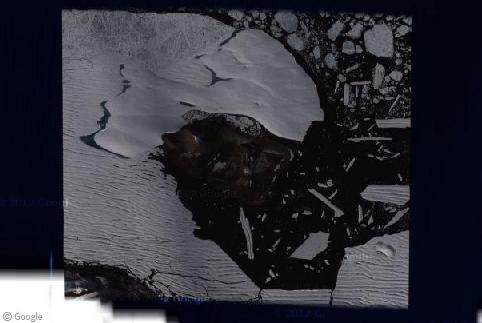
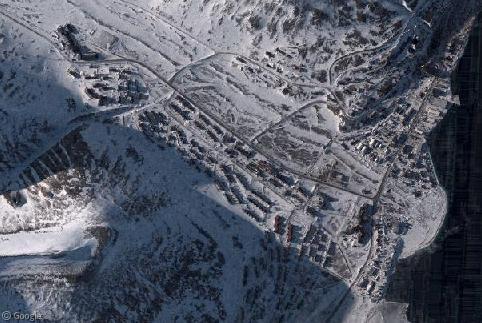
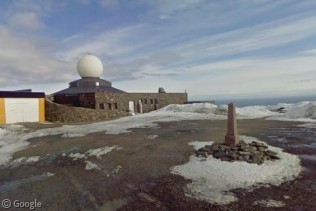
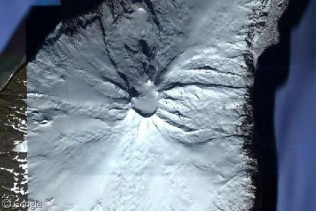
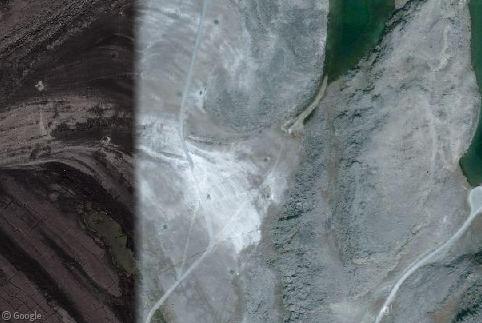
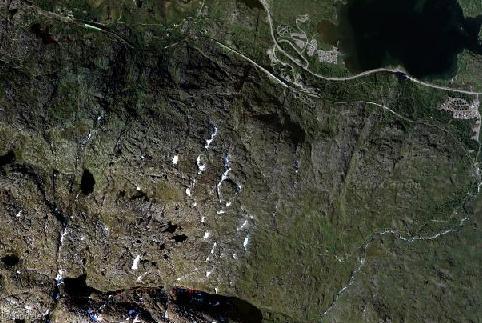
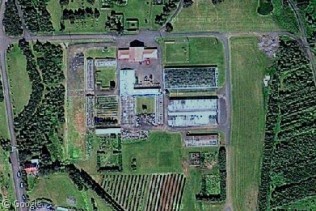
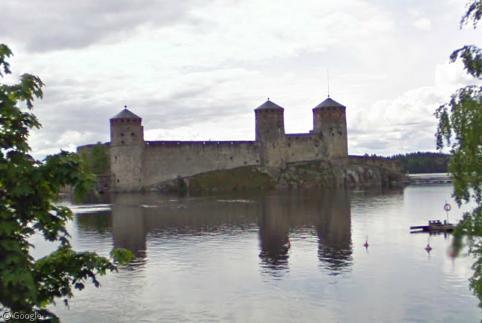
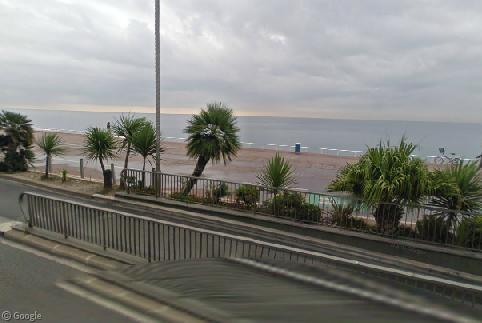
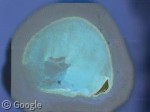
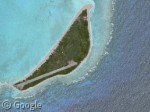

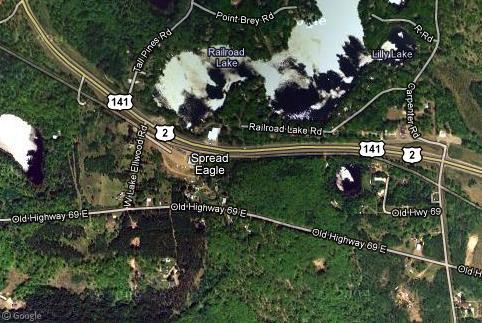
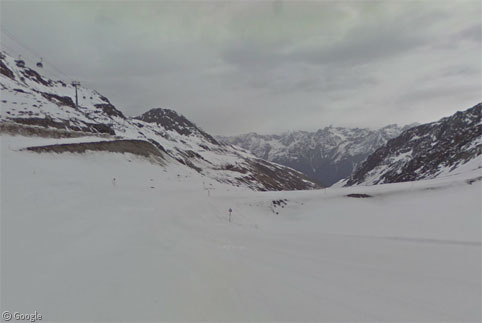

Northern most Palm Trees in Southern France? How about Poole Harbour in the UK? http://g.co/maps/ahtpy .
There are plenty of palm trees growing in places north of southern France, but the key point is did they occur there naturally or were they simply planted there by humans?. A little semantic issue, I suppose…
Palm Trees growing all over Cornwall. Also in the west coast of Scotland. However although they are growing outdoors in gardens they have been planted not natural. Those shown on the Nice image are small compared to the ones on the Promenade.
Aren’t the palm trees on the Isles of Scilly supposed to be a unique naturally-occurring breed?
There are definitely naturally occurring palm trees in the UK and Ireland. http://g.co/maps/3tkd9
Those aren’t palm trees – the ones in Poole were yuccas and the one in Kenmare were cordylines. It always annoys me when people refer to the ‘palm trees’ in Torquay – they are yuccas!!
Some more streetview palm trees in the north of Scotland. http://g.co/maps/dz7r5
Can anyone beat 57.7ºN
Regarding the northernmost high resolution imagery picture, there is an island visible – called Ward Hunt Island. It is to the starting spot for countless expeditions to the North Pole.
http://en.wikipedia.org/wiki/Ward_Hunt_Island
Kyle … I don’t think anyone has taken your point O_o
And no … it is not semantic.
Indeed, Shotfan, most of these trees people keep posting links to are actually cordylines (a.k.a cabbage trees, Torbay palms, or Torquay palms), a monocot native to New Zealand. While commonly grown as an ornamental garden tree in various parts of Britain, they aren’t naturally occurring in the country, nor are they actually palms.
That said, it would be interesting to visit this topic a couple of decades from now to see how far north those naturally occurring palms have crept…
You forget the US: windmill palms are true palms and grow as far north as southern Alaska, tolerant to 5F, -15C.
Yep, they sure are true palms – and they’re native to the alpine regions of China, India, Bhutan, and Myanmar. Again, looking for naturally growing palms, not planted or cultivated palms transplanted elsewhere.